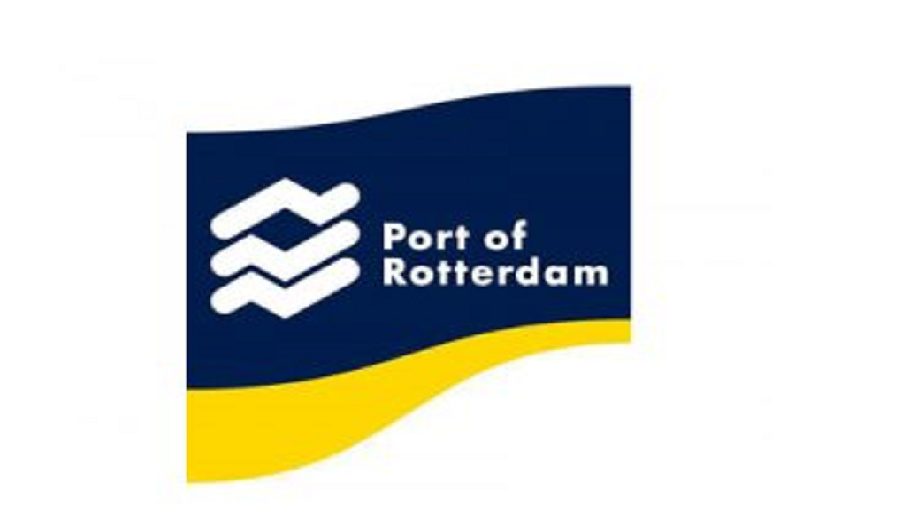The maritime transport sector plays a significant role in global carbon dioxide (CO₂) emissions. In 2022, international shipping alone contributed to nearly 3% of the world’s greenhouse gas emissions. To address this issue, in July 2023, the International Maritime Organization (IMO) established ambitious targets, aiming to achieve (near) net-zero emissions by around 2050.
Efforts to reduce greenhouse gas (GHG) emissions from shipping include various initiatives such as leveraging renewable energy sources, transitioning to cleaner fuels like LNG and hydrogen, optimizing vessel design for enhanced efficiency, implementing slow steaming practices, utilizing technology for route optimization, and enforcing regulations such as the Energy Efficiency Existing Ship Index (EEXI) and Carbon Intensity Indicator (CII). Collaboration across the industry is also encouraged to facilitate progress in sustainability goals.
Considering the vulnerability of the maritime industry’s financial results to various factors, including market conditions and operational costs, it is crucial for shipping companies to continuously monitor market dynamics, effectively manage expenses, and adjust strategies in response to evolving business environments.
Consequently, optimizing resource utilization emerges not only as a means for cost efficiency within planning departments but also as a pivotal aspect in achieving sustainability objectives. Concurrently, there remains a steadfast focus on enhancing delivery reliability and flexibility to meet customer demands effectively.
Challenges in Maritime
Advancements in technology are undoubtedly leading the charge in reducing carbon emissions within the maritime industry. A pivotal aspect of this effort involves transitioning from traditional marine fuels to cleaner alternatives that emit fewer pollutants and greenhouse gases. Among the most significant options are liquefied natural gas (LNG), hydrogen, and biofuels such as methanol and ammonia. Battery-electric or hybrid systems offer potential for energy storage, particularly on short sea routes. Furthermore, hydrogen fuel cells can be harnessed for electric propulsion. Additionally, renewable energy sources like wind (utilizing sails and rotors) and solar (via panels) power can be leveraged to generate clean energy.
Another key step toward a greener maritime sector is promoting the development of more energy-efficient vessels through the optimization of their design and equipment. This entails modifications to hull shapes to enhance propulsion efficiency and reduce energy consumption. The application of specialized hull coatings can minimize friction and enhance fuel efficiency while upgrading engines to more energy-efficient models is also imperative. However, it is important to recognize that the development and implementation of these technological advancements require time.
Fortunately, sustainability objectives often align with operational efficiency in day-to-day maritime operations. Increasing the cargo load factor leads to a reduction in CO2 emissions per freight tonne. Achieving this entails minimizing the use of empty containers and optimizing cargo loads through consolidation for enhanced efficiency. Maximizing the ship’s capacity to reduce emissions is important, but it is also beneficial to ensure that it follows the optimal route and speed, utilizing ocean currents to the fullest extent possible.
Moreover, reducing the number of ships in operation results in a further decrease in total CO2 emissions, as it entails the purchase and maintenance of fewer vessels. Consequently, emphasis is placed on improving operational fuel efficiency, load factors and space utilization. Additionally, replacing certain routes with rail services offers increased flexibility and further reduces CO2 emissions.
Placing the entirety of carbon emission reduction responsibility for the maritime industry solely on shipping lines and vessels would oversimplify the issue. Ports play a significant role in generating both direct and indirect carbon emissions through logistical operations. These include diesel-powered infrastructure for handling containers and cranes, electricity consumption from non-renewable sources to power buildings, lighting, and machinery, as well as emissions from vehicles transporting goods to and from the ports and associated warehouses. Addressing these emissions offers numerous opportunities for decarbonization, including adopting a combination of electrification with renewable energy sources, enhancing energy efficiency, implementing smart technologies to optimize transportation and delivery processes, and providing shore-side electricity for docked ships.
Numerous daily choices can be implemented to concurrently improve the company’s financial viability, decrease CO2 emissions, and elevate overall operational efficiency. Although sustainability remains a primary objective, the maritime sector is also confronted with the subsequent challenges that require simultaneous attention:
- Complex Business Logic: The planning department must consider a variety of interdependencies. A few of these are: shortened load/unload times, product contamination (for liquid bulk), last-minute orders, various handling rules, production disturbances, inventory management at the storage yard and many more.
- Economic Volatility: Managing fluctuations in global trade patterns, commodity prices, currency exchange rates, and geopolitical tensions that impact shipping demand, freight rates, and profitability.
- Human Capital: Attracting and retaining skilled professionals across various maritime disciplines, including seafarers, engineers, navigators, logistics specialists, planners, and terminal operators, amidst demographic shifts and evolving job market demands.
- Extreme Weather Events: The repercussions of climate change, such as rising sea levels and severe weather phenomena, exert significant impacts on shipping routes and port operations, necessitating adaptive strategies and infrastructure resilience.
Addressing these challenges requires collaboration among industry stakeholders, policymakers, and regulatory bodies to foster innovation, resilience, and responsible stewardship of the world’s oceans and waterways.
Let Ab Ovo help you create optimal planning, calculate different planning scenarios, and provide meaningful insights to battle these challenges efficiently. We do this by using eco-friendly solutions, such as the DELMIA Quintiq Platform and the Eco Logic Platform. We will help you solve these puzzles and ensure you make the right planning decisions, balancing sustainability, efficiency, and customer satisfaction.
Maritime Solutions Made for You
Our specialization lies in resolving complex planning and scheduling dilemmas within the Maritime sector. Covering everything from vessel route planning, tonnage and voyage planning to Ro-Ro, container and bulk terminals, our proficiency extends across all facets of maritime operations. By harnessing innovative technology and deep industry insights, we streamline efficiency, adapt to market fluctuations, and guarantee a seamless flow of cargo.
We have crafted solutions tailored to accommodate unique requirements within the supply chain, surpassing the capabilities of conventional optimization tools. Backed by our extensive industry knowledge and adherence to best practices, we drive business value by curbing costs, amplifying profit margins, and curbing carbon emissions.
We confidently assert that our robust predictive and prescriptive analytics capabilities not only foster growth but also promote sustainability. Our suite of solutions encompasses:
- Tonnage and Voyage Planning
- Berth/Crane/Yard Planning
- Dry/Liquid Bulk Planning
- Workforce Planning
- Container Planning
- Ro-Ro Planning
- Maintenance Planning
- Short and Deep-Sea Shipping
- Operations ERP
Our Solutions – Your Benefits
At the outset of every project, we establish a strategy focused on delivering value to our customers. And probably most important, we bring consultants to the table with real experience. In the maritime sector, this strategy encompasses:
- Reducing carbon emissions: By implementing optimal vessel route planning and load consolidation, unnecessary miles traveled and emissions are minimized, thereby contributing to environmental sustainability efforts.
- Increasing workforce utilization: Enhance labor resource optimization for improved efficiency.
- Decreasing transport costs: Optimize vessel routes and transportation modes to lower expenses.
- Improving delivery time of products: Streamline processes to expedite shipments.
- Optimizing asset utilization: Efficient planning maximizes the utilization of transportation assets such as vessel and terminal tractors, reducing idle time and enhancing overall asset productivity.
- Improving planning quality, transparency, and reliability: Enhance accuracy and communication to bolster planning quality, transparency, and reliability.
Resources












